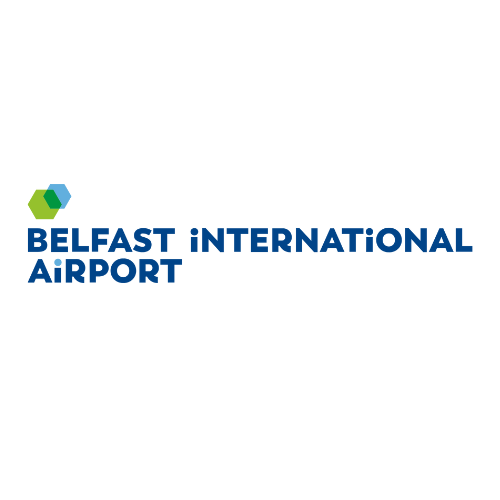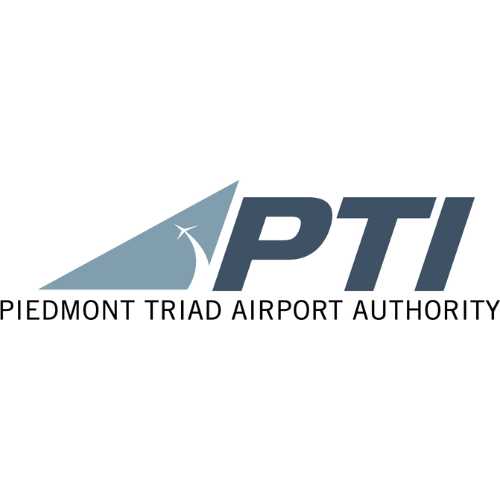We have today an abundance of data and powerful new technology like Artificial Intelligence (AI). Not only does this present exciting possibilities, but it’s also crucial for the future of air travel, accommodating the ever-evolving needs of millions of passengers and businesses alike.
Airports are ramping up their efforts and budgets in embracing these innovative technologies. According to ACI World, the estimated spend on Airport IT in 2022 was US$6.8 billion, which increased from the previous year, and it is expected to remain the same or potentially increase in 2023. Airports are investing in everything from self-service options to biometric technologies and cloud services to business intelligence solutions.
But to sustainably support this leap into the future, we need a robust technological infrastructure capable of handling the massive volume of data generated by all the touchpoints in a passenger’s journey.
Advanced technological infrastructure in airports
1. Real-time data management
Real-time data processing is crucial for the successful implementation of AI in airport operations. It helps airports monitor and analyse data as it happens to improve decision-making, streamline operations, and enhance the passenger experience. For example, airports can use real-time data to monitor passenger flows and adjust staffing levels accordingly, reducing wait times and improving the overall experience for passengers.
To achieve real-time data management, airports need to invest in advanced platforms that can handle large volumes of data and process it quickly. They must also ensure data accuracy and make sense of complex information.
A centralised approach like Rezcomm’s can be pivotal in achieving these outcomes. This includes features like single administration, centralised Customer Information Management (CIM), Business Intelligence (BI) & analytics, reporting, forecasting, and yield management.
2. Advanced Analytics Tools
Advanced analytics tools help make sense of the vast amounts of data collected, identify patterns, and enable data-driven decisions. These tools help airports leverage powerful business intelligence solutions and airport analytics to make better, more strategic, and more profitable business decisions.
Airport operators can use this information to improve processes, optimise resources, and ultimately enhance the overall passenger experience. For example, predictive analytics can be used to forecast passenger traffic, enabling airports to make more informed decisions on staffing and resource allocation.
Identifying patterns for optimisation is another crucial role of advanced analytics tools in airport digital transformation. By analysing historical data, airports can uncover trends and anomalies that may indicate where to make improvements. This could range from identifying bottlenecks in security queues to understanding the most efficient ways to allocate staff during peak travel times.
3. AI and Machine Learning Technology
One of the primary applications of AI in airports is predictive analytics for demand forecasting. This technology uses data, analytics, and predictive algorithms to determine a traveller’s propensity to spend, and it can help airlines and airports to tailor their services to individual passengers. For example, airlines can use predictive analytics to identify passengers who are likely to be interested in upgrades or additional services, and offer them targeted promotions to increase their revenue.
Additionally, personalisation algorithms play a crucial role in providing tailor-made experiences for passengers. For instance, chatbots powered by AI can assist passengers with flight information, airport services, and even offer targeted retail promotions, enhancing the overall passenger experience.
Incorporating AI into airport infrastructure also aids in tackling various operational challenges. For example, AI can help to predict flight delays and identify potential bottlenecks in the airport, allowing airport staff to take proactive measures to minimize disruption.
To harness these benefits, airports need strategies that effectively implement AI technology. This may involve collaborating with technology partners, investing in staff training, and conducting continuous evaluation to ensure optimal performance.
4. Security Measures
With the increasing use of AI in airports, airports must establish comprehensive security measures to ensure privacy and protect customer data from hacks, breaches, and unauthorised access.
Key components in the implementation of these security measures include:
- Data encryption serves as the first line of defence, rendering any stolen or intercepted data useless without the corresponding decryption keys.
- Secure access controls ensure that only authorised personnel have access to sensitive data and systems. By employing strong authentication and access management measures, airports can effectively reduce the risk of unauthorised access and potential security breaches
- Firewalls further strengthen the security by restricting access and limiting potential entry points.
- Fraud protection tools such as two-factor authentication, firewalls, regular system updates and patches, audit logs, and regular security assessments keep your data safe.
5. Integration Capabilities
Effective integration enables the connection of different airport systems for a holistic approach to operations. This includes linking airport management systems, payment gateways, and external databases, allowing for coherent data exchange and more streamlined decision-making processes.
One key benefit of having a properly integrated infrastructure in place is the ability to better manage and coordinate airport activities. From basic tasks such as wayfinding and boarding, to more complex activities such as resource allocation and safety management, the integration of AI enables airports to operate with unparalleled agility and responsiveness.
Moreover, integrated systems lead to improved data accuracy and better insights. For instance, by merging flight schedule data with real-time weather updates, airports can proactively manage delays and streamline gate assignments. Similarly, combining passenger traffic data with retail purchasing patterns can help optimise the placement and offerings of airport shops and eateries.
An airport’s ability to harness and analyse data from various sources allows for better decision-making and the development of more effective operational strategies. This ultimately results in improved efficiency, service quality, and profitability for the airport.
Build an airport of the future with Rezcomm
The future of AI-powered airports relies on a strong technological infrastructure that can handle the challenges and demands of an ever-evolving aviation industry. This continuous journey of adaptation, learning, and growth contributes significantly to the success of airports in an increasingly competitive market.
By investing in advanced technology and infrastructure, airports can navigate the challenges ahead and secure a prosperous future. For more information, download our brochure, watch our product video or contact us to speak with an expert about how Rezcomm’s technological infrastructure can support your airport.




























